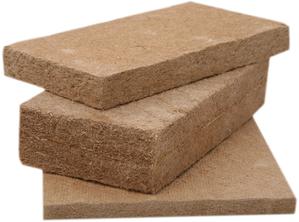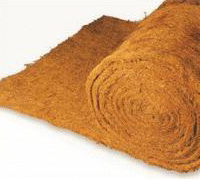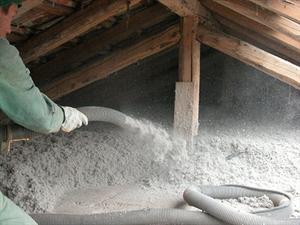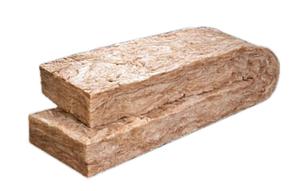The performance of insulating materials used to insulate walls and floors of buildings have a major impact on the living comfort of the premises.
Their characteristics of transpiration and isolation, their low environmental impact and the absence of harmful emanations make them suitable for constructions that adhere to this philosophy of life.
But let's see in particular which are the most widespread:

Cork panels
cork is a very interesting material obtained from cork oaks. From the milled cork, milling it and then assembling it into panels (without the use of harmful glues), panels of different thickness are obtained that can be used to isolate walls and floors.
It is a good thermal and acoustic insulation and guarantees a good vapor transpiration.

Wood fiber
the wood fiber mostly of poplar or fir is subjected to a process called mineralization (similar to fossilization but very rapid) that allows to realize panels and make the material fireproof.
Mineralization can be carried out using various more or less environmentally friendly techniques.

Coconut fiber
derived from the fruit is produced in countries such as Sri Lanca and imported and processed in Europe.
The fiber is left in water for at least 5 months before being processed. The fiber is cleaned carded and dry and rolls are obtained.

Cellulose wool
used for a long time in North America, it is made from recycled paper treated with boric salt to preserve it and make it fireproof. It comes in the form of gray wads. It is laid by spraying or blowing.

Linen wool
even with this fiber are created mats with good insulating and breathable qualities. They have good thermal and acoustic properties.

Jute felt
with the fibers of this plant are made anti-trampling mats on which the floors are laid. It is also used as an acoustic insulation in walls.

Canna marsh
the pipes tied together in rolls and laid out or applied on wooden supports or masonry were used until the 1950s before the plasterboard spread. The pipes were subsequently plastered. Their advantage is that it is a natural material, easily available and that guarantees greater breathability.